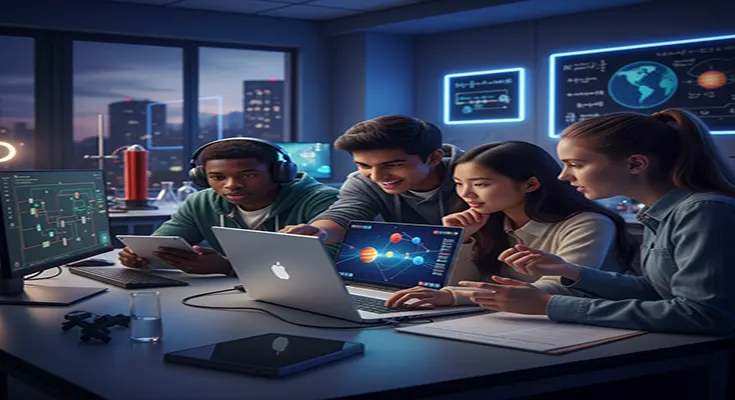Boosting Engagement and Understanding: The Benefits of Using Educational Video Games for High School Physics
High school physics is a critical subject, but its abstract nature—dealing with unseen forces, complex mathematical models, and hypothetical scenarios—can often lead to student disengagement. Traditional methods, while foundational, sometimes struggle to bridge the gap between theory and application. This is where the integration of educational video games offers a powerful, modern solution, delivering significant benefits for teaching and learning high school physics.
1. Visualization of Abstract Concepts
Physics is full of phenomena that are difficult or impossible to observe in a standard classroom setting, like orbital mechanics, quantum physics, or high-speed collisions.
- Benefit: Educational video games provide dynamic, interactive simulations that allow students to visualize these complex ideas in real-time. Students can see force vectors, observe conservation of energy in action, or manipulate gravity in a virtual environment. This visual clarity moves concepts from abstract equations to observable reality, leading to deeper conceptual understanding.
- Example: Games can model projectile motion, allowing students to change launch angle and initial velocity, instantly seeing how these variables affect the parabola and range.
2. Immediate, Low-Stakes Feedback and Iteration
Learning physics involves a continuous process of hypothesis, testing, and refinement—a process perfectly mimicked by game mechanics.
- Benefit: Unlike homework that takes a










